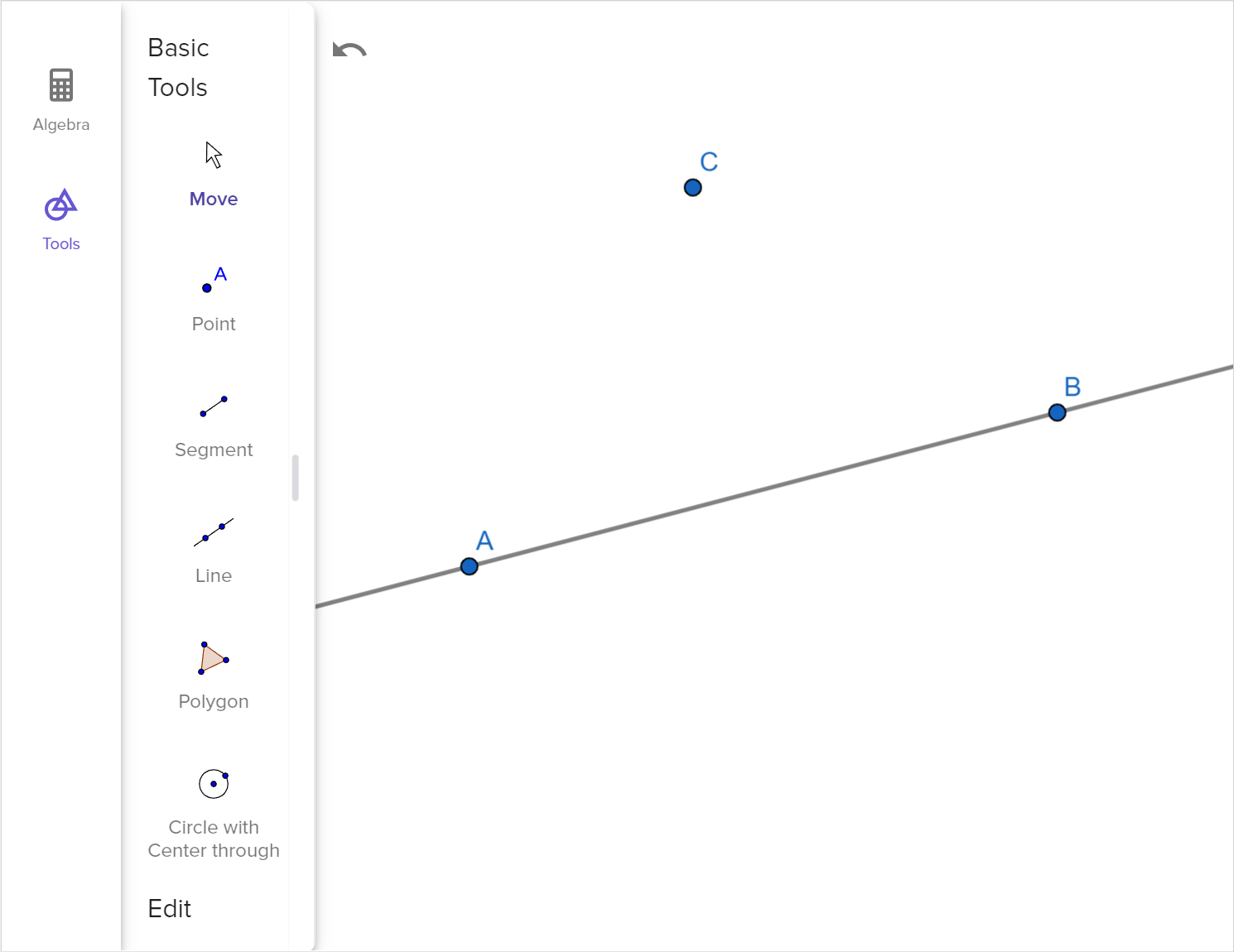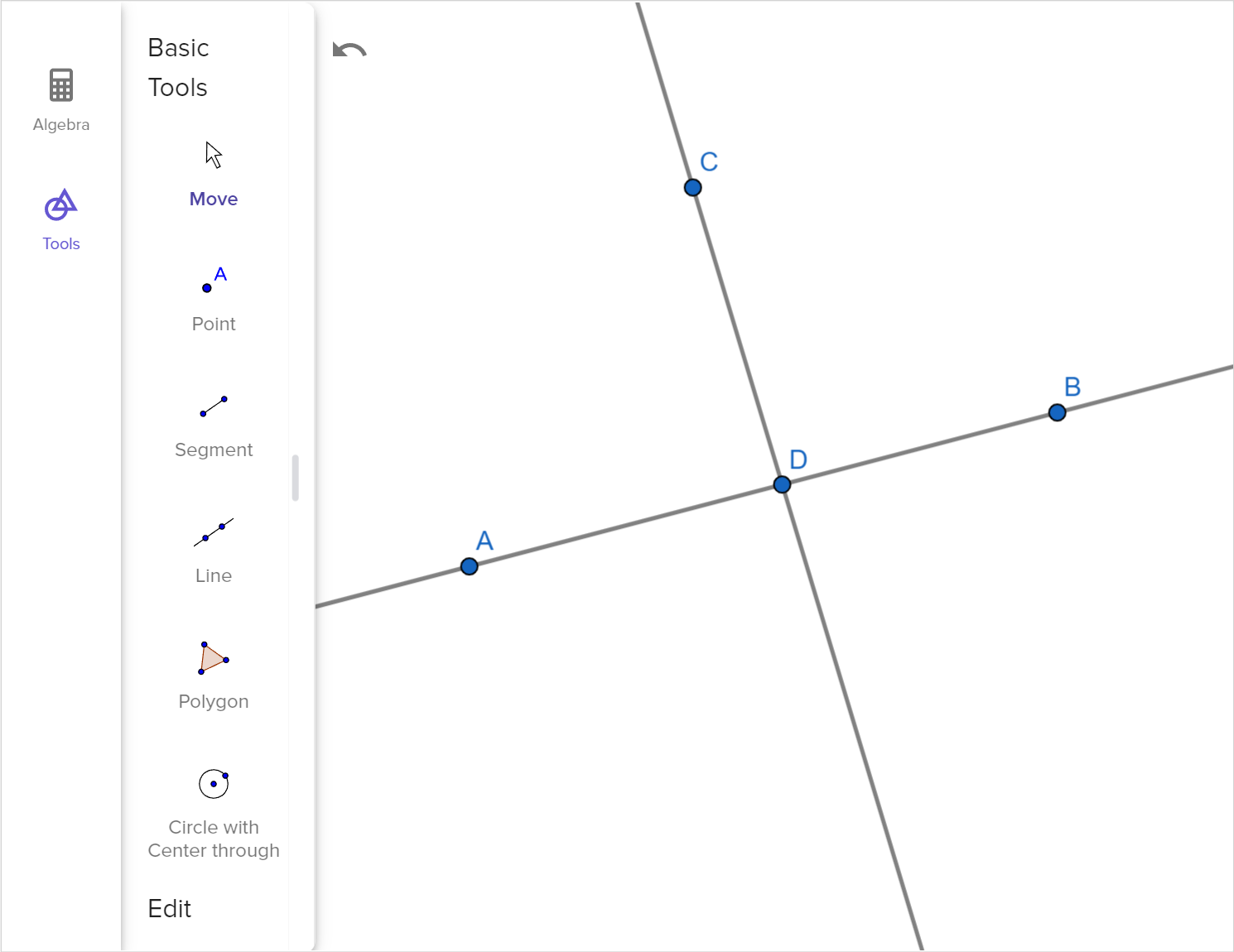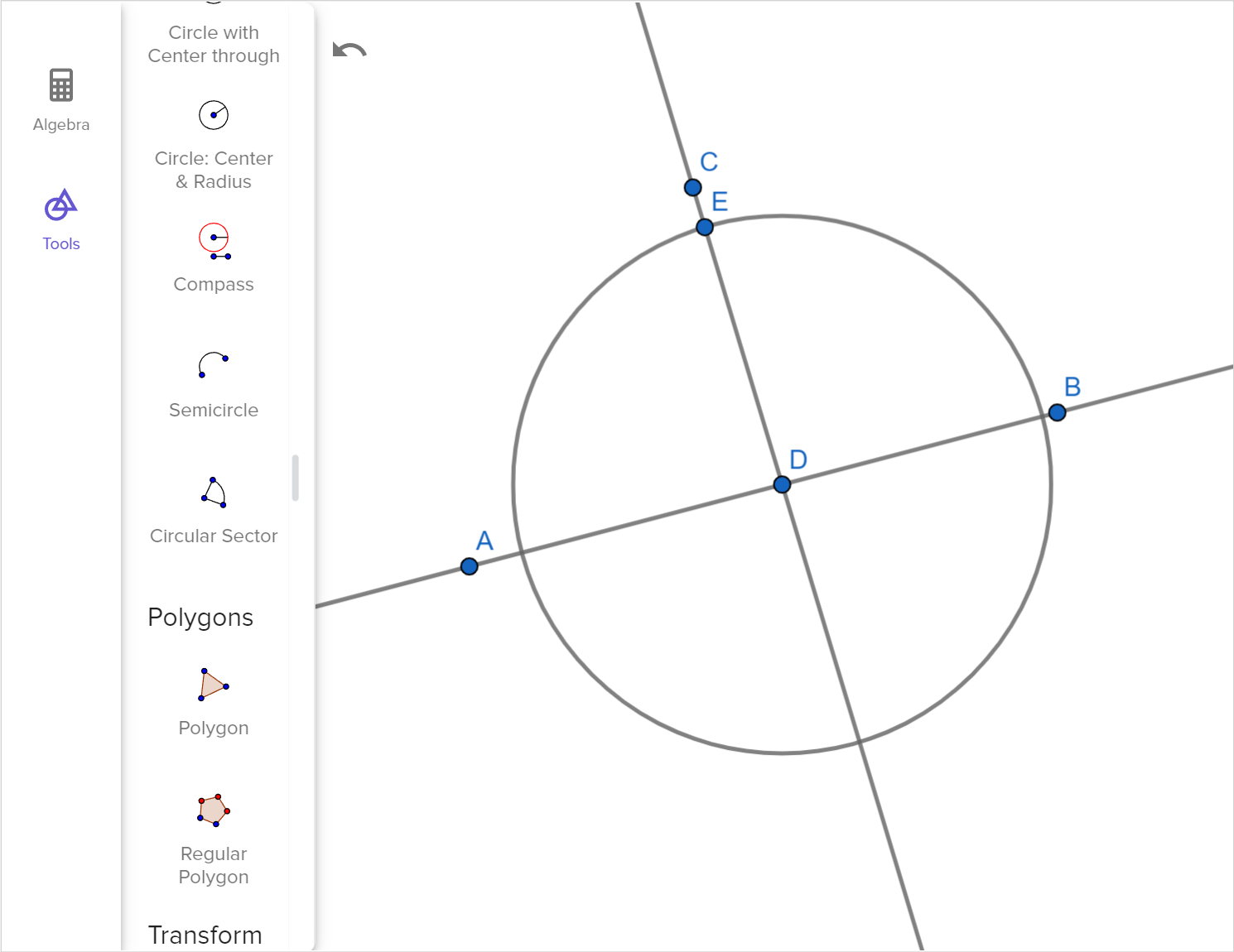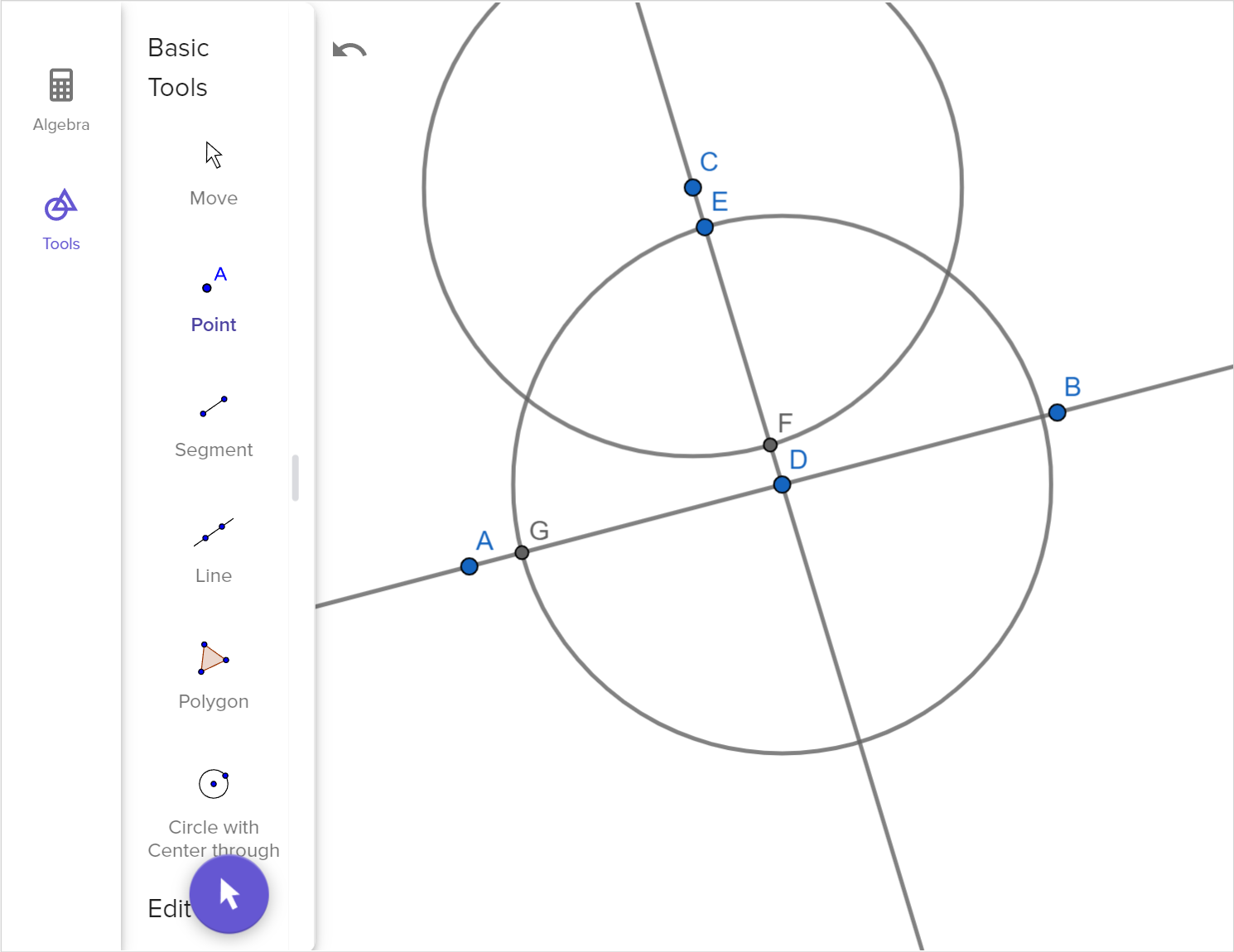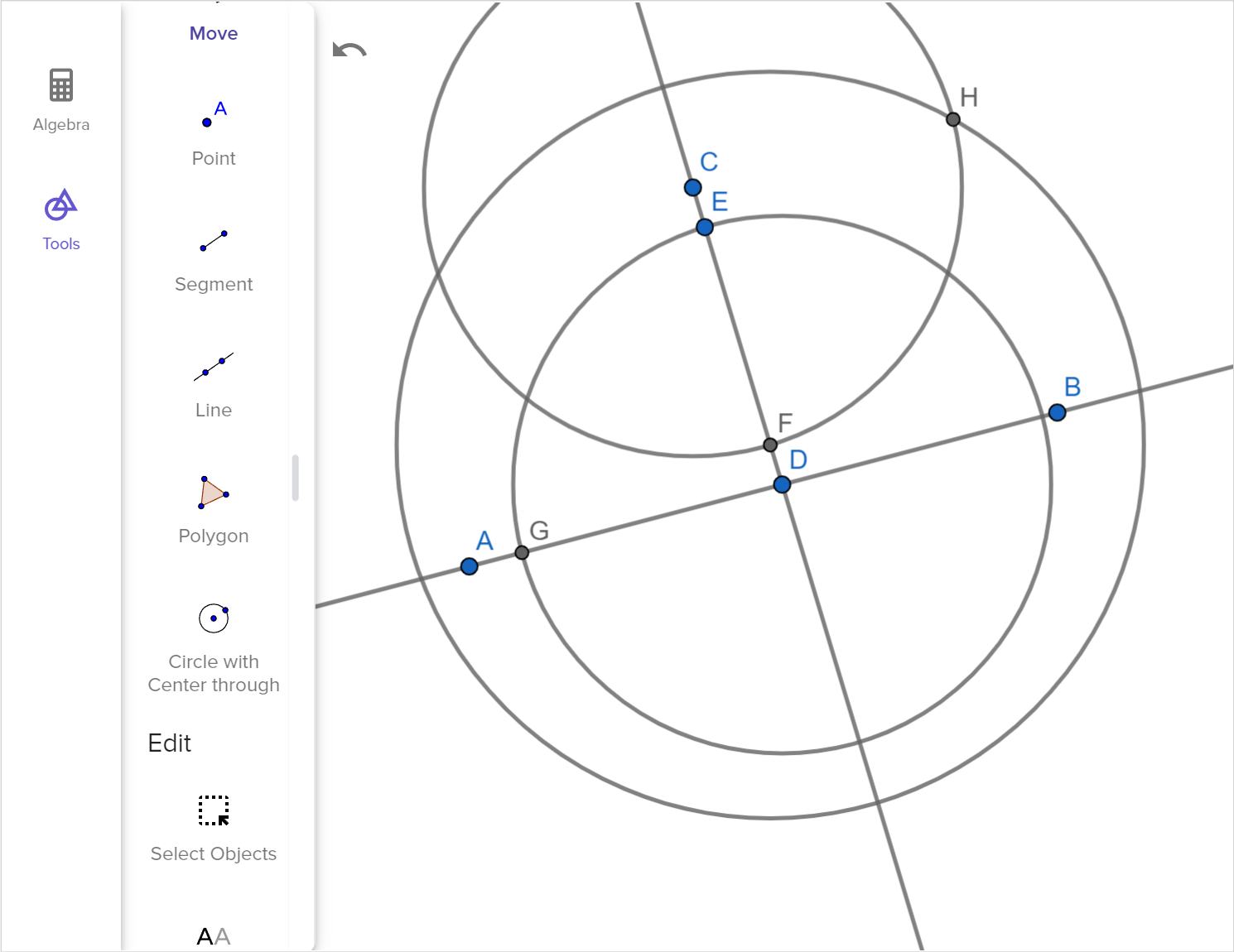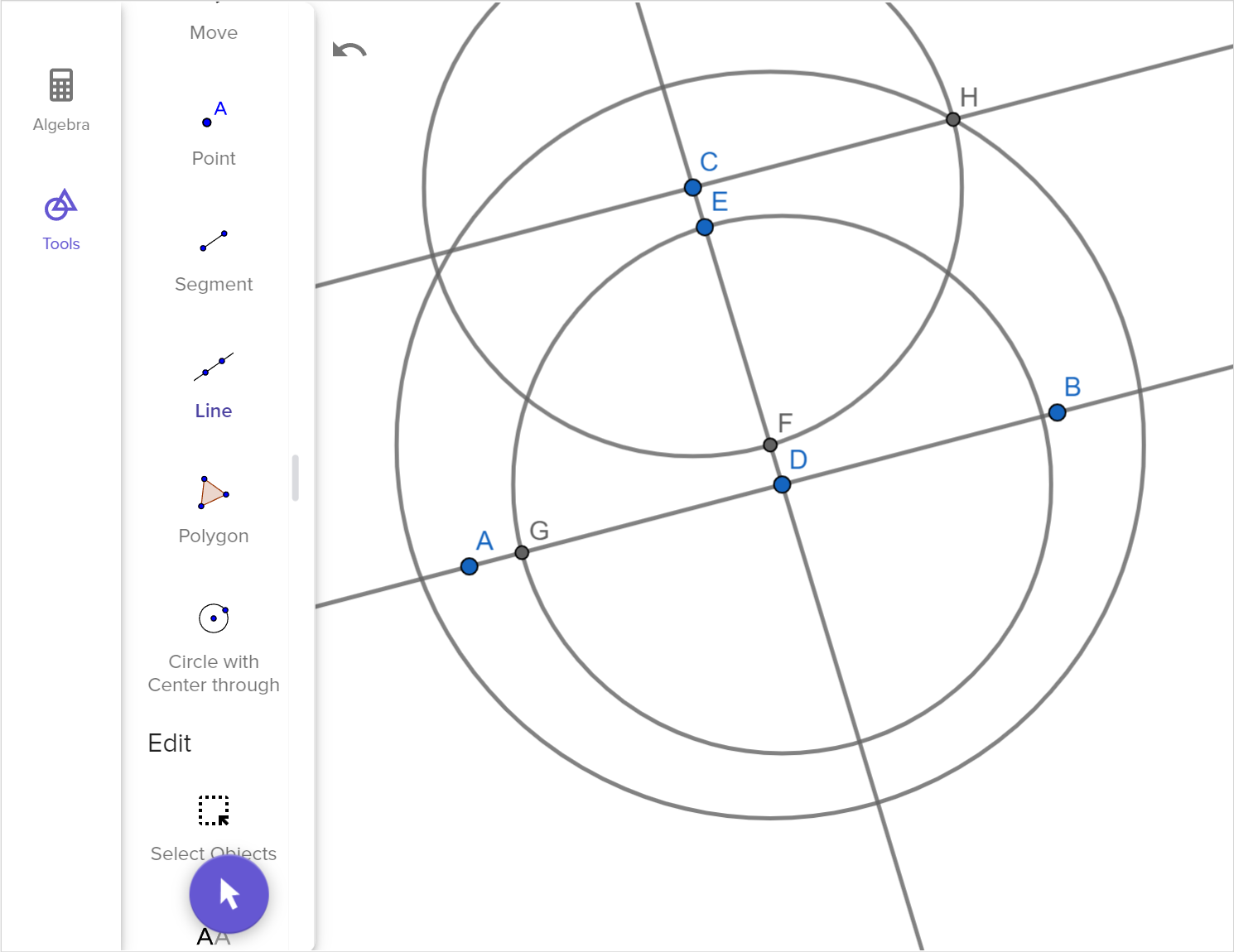2.02 Proving lines parallel
Introduction
We learned about the angle relationships created when lines and parallel lines are cut by a transversal in 2.01 Parallel lines and transversals . We will now use those relationships and their converses to prove that lines are parallel and construct parallel lines using various methods.
Proving lines parallel
To determine if two lines are parallel, we can use the converses of the postulate and theorems which relate angle pairs formed by two lines and a transversal.
Using properties of parallel lines, we can relate three parallel lines given one line in common.
Examples
Example 1
Determine whether or not there is a pair of parallel lines in the figure.
Example 2
Find the value of x required for the figure to contain a pair of parallel lines.
Example 3
Determine if the information given is enough to justify the conclusion.
Given: \angle 1 \cong \angle 3
Conclusion: a \parallel c
Example 4
Consider the following diagram:
Construct a two column proof to prove that \overline{AD} \parallel \overline{BC}.
We can use the relationships between angles to choose which theorems we need to prove that lines are parallel.
Constructing parallel lines
Exploration
Click through the slides of the parallel line construction.
- Describe what is happening in each step.
We can construct a set of parallel lines using dynamic geometry software. Another way to construct parallel lines using a compass and straightedge as follows:
1. Choose a point A through which to construct a line parallel to \overleftrightarrow{BC}.
2. Set the compass width to the distance AC.
3. Construct an arc centered at B with the radius AC.
4. Set the compass width to the distance AB.
5. Construct an arc centered at C with the radius AB.
6. Construct a line through A and the intersection of the two arcs. This line is parallel to \overleftrightarrow{BC}.
Notice, here we did not draw the full circles as was done with the dynamic geometry software. We could have drawn the full circles but it is only necessary to draw enough of the arcs of each circle to make the necessary points of intersection. Drawing a construction this way prevents creating any unnecessary points of intersection that may cause confusion.
Examples
Example 5
Use constructions to construct two parallel lines.
We can use various methods to construct parallel lines including technology and a compass and straightedge.
